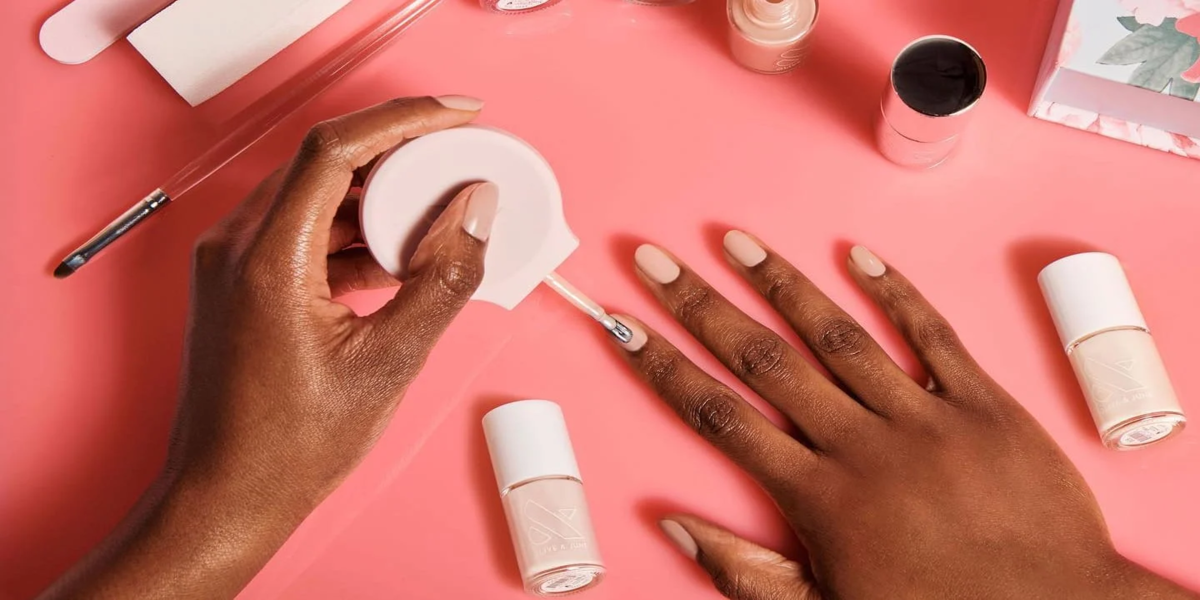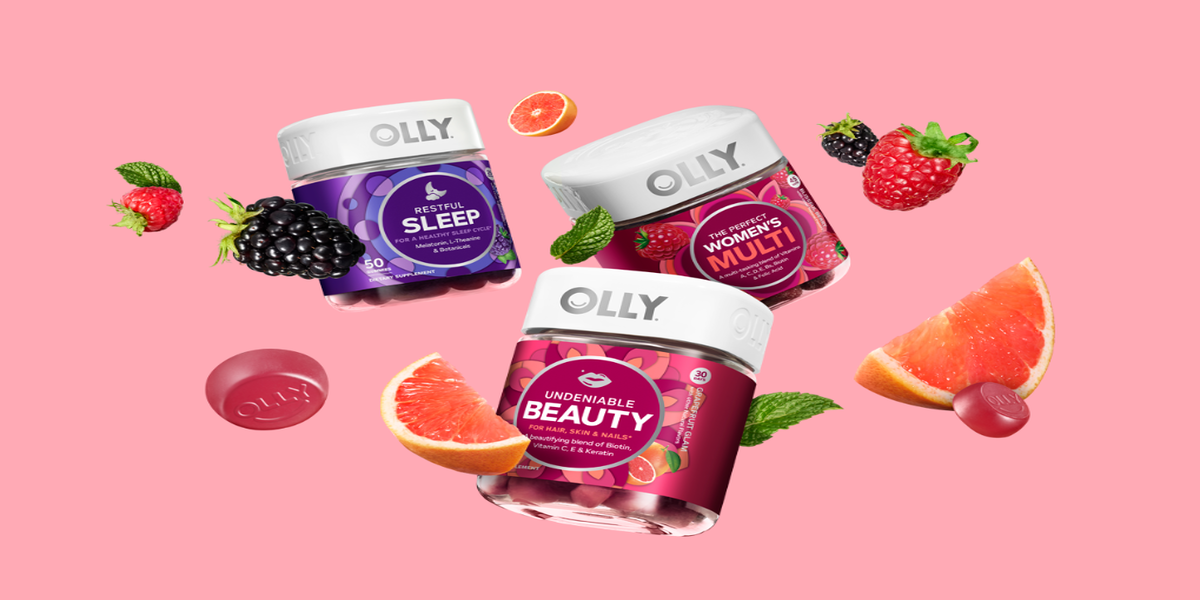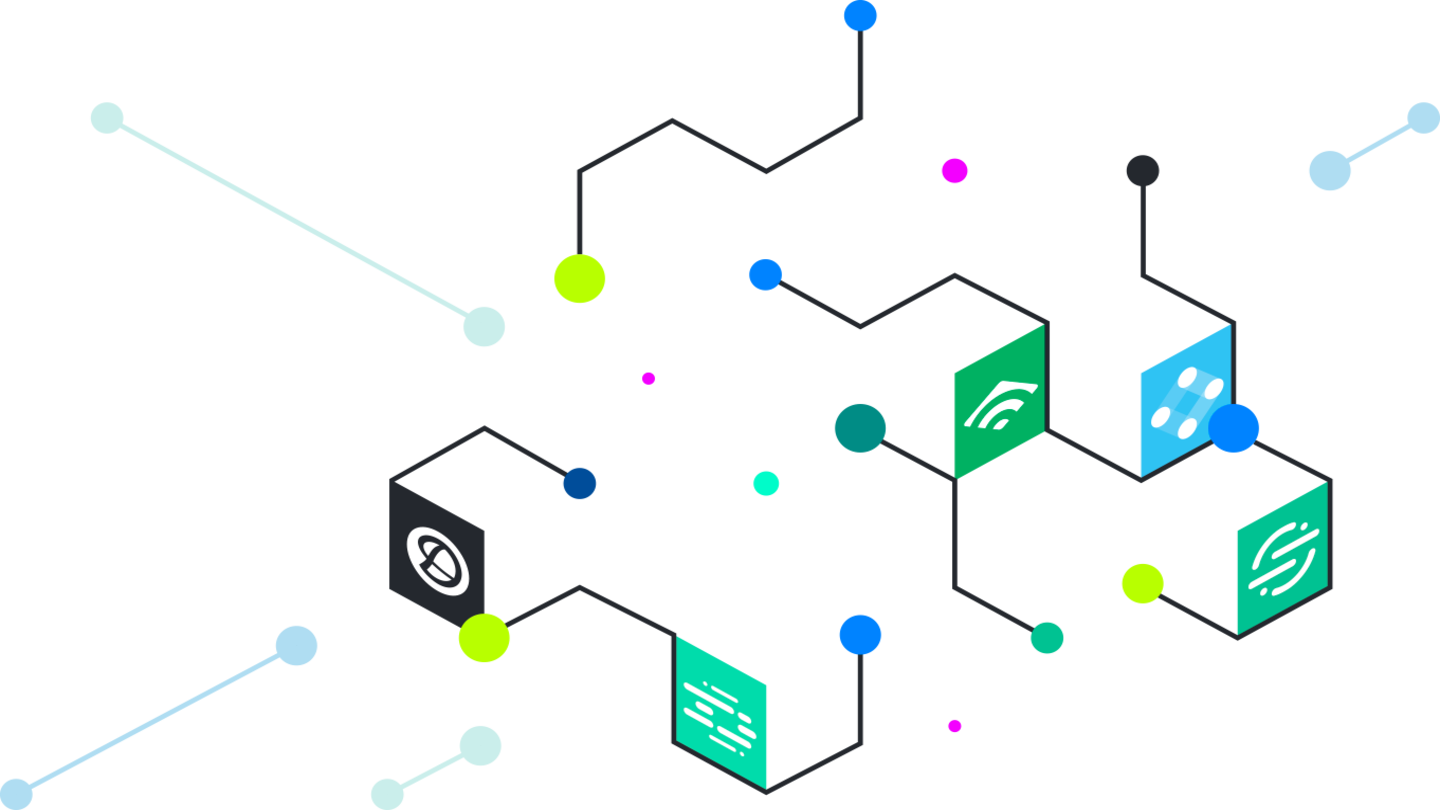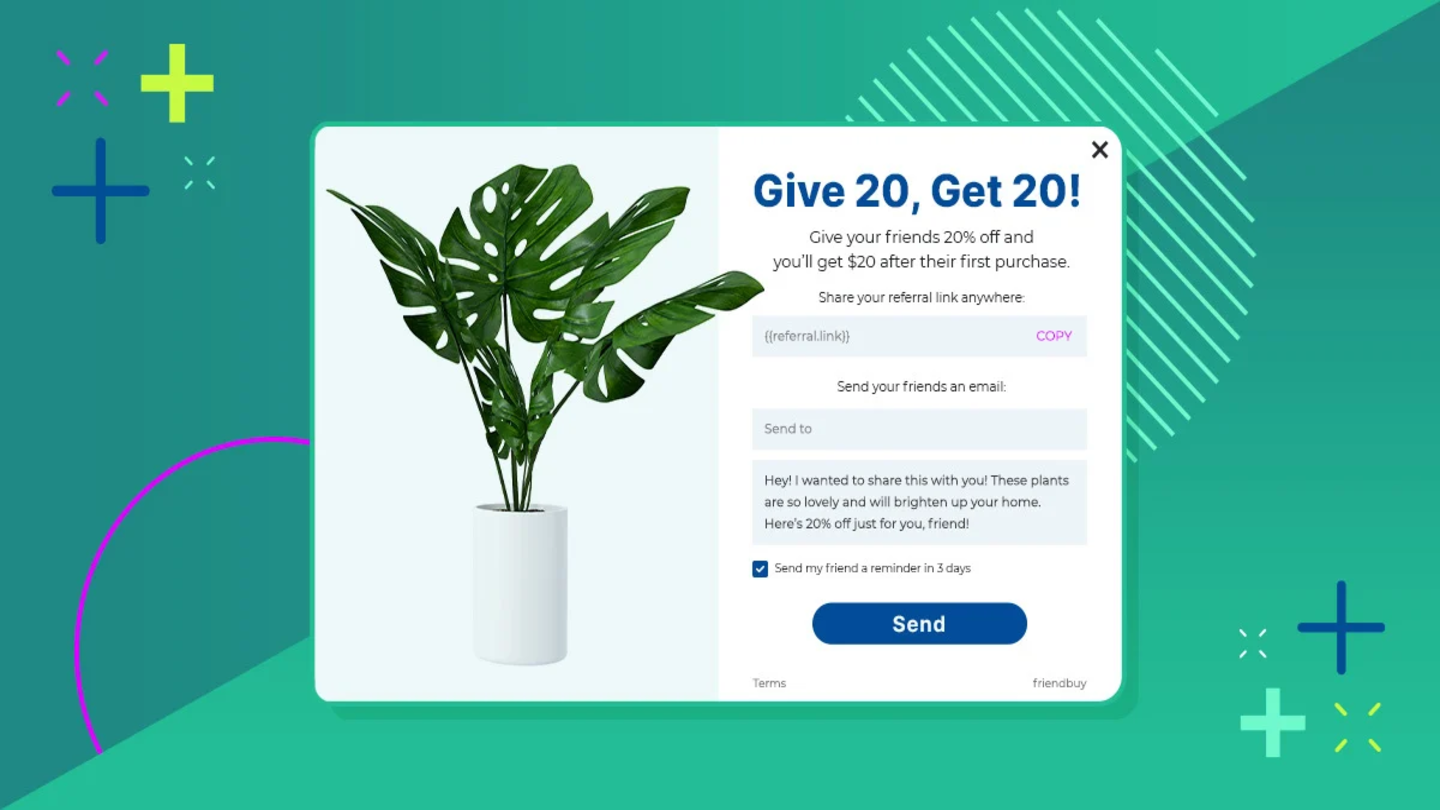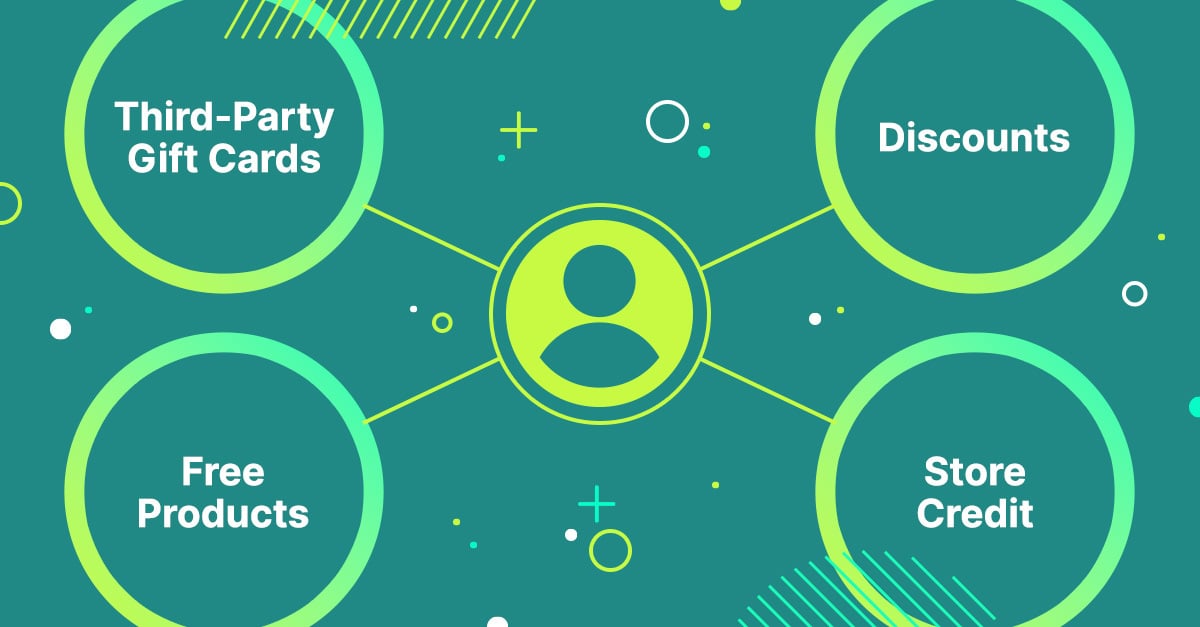Share this article
Table of Contents
Offering something for free can be a powerful motivator for people, especially when combined with a brand they love.
But figuring out what incentive will do the trick is more art than science. Choosing customer incentives that effectively persuade customers to refer your business to their friends and family requires careful consideration and strategic planning.
This is where Friendbuy comes in.
Friendbuy has a proven track record of helping so many businesses launch successful referral programs that attract customers while retaining existing ones. With the ease of tracking referral program performance using the Friendbuy's platform, we can analyze what has worked well for these brands.
Recently, we hosted a webinar with one of our customers, e-commerce brand Casper Sleep, to learn more about how they strategically selected the right customer incentives that aligned with their business model and ultimately led to the success of their referral program.
We'll go through all of their tips and give examples of other Friendbuy customers following the same recommendations.
Tips For Choosing Customer Incentives That Convert
Remember that the primary objective of a referral or loyalty program is to attract customers to your business.
When designing a referral program, it is crucial to consider the needs and goals of three key stakeholders: your company, your existing customers, and the potential referred customers. A successful referral program must align with the objectives of all three parties so that the program is mutually beneficial and effectively drive customer growth for your business.
We do this through incentives offered to customers and the structure for providing those incentives. Advocate rewards and Friend incentives should be designed to create value for both your customers and your business.
A loyalty program has the same exact concept but with fewer parties involved: just your brand and your customer.
When deciding on the best option for your loyalty program, it is essential to consider your product and what motivates both your existing customers and potential referred customers.
The most common incentives for encouraging customer referrals are:
- Discounts
- Store credits
- Free products
- Third-party gift cards
But how do you know which incentives will be most effective for your business? It all comes down to understanding your customers' needs and motivations.
What do they value most? What will make them want to refer their friends to your business?
Well, you’ll know what lights up your customers best. Consider your product and your target audience offer them the best incentives they actually want to see.
Then A/B test the hell out of them until you find the sweet spot of constant growth using Friendbuy's loyalty program software with built-in testing capabilities..
Don't just take our word for it – learn from the experts! James DeStefano, senior director of customer marketing & CRM at Casper Sleep, shares their insider tips on how they grew their referral program with the help of Friendbuy.
Get Clear About Your Goal
How do you make sure your incentives are hitting the mark? It all starts with getting clear about your goal.
Are you trying to increase sales? Boost customer satisfaction? Expand into new markets? Whatever your objective may be, it will shape the type of incentives you offer.
Some common program goals that referral and loyalty programs can support are:
- Increase Lifetime Value
- Increase Customer Retention
- Decrease Customer Churn
- Increase Purchase Frequency
- Increase Repeat Purchase Rate
- Increase AOV
- Increase market share
To align your incentives with your business goals, try these steps:
- Clearly define your objectives: What do you want to achieve with your business? Be specific about your goals, whether it's increasing sales, improving customer retention, or something else entirely.
- Know your audience: Determine who your target audience is and what motivates them to take the desired actions. Take a look at existing customer data to see what kinds of promotions were the most successful in the past and find ways to incorporate that into your customer incentives.
- Choose the right incentives: Based on your business goals and target audience, consider the type of incentives that will most effectively drive the desired behavior. For example, if your goal is to increase sales, you might offer discounts or promotions. If retention is your primary goal, then offering free products might be a better fit. (More on this in the next section)
- Evaluate the cost: Consider the cost of the incentives, the number of customers expected to participate, and the potential return on investment. (NOTE: Our Customer Success team can help you evaluate the cost of your incentives when setting up your referral or loyalty program.)
- Monitor and adjust: Finally, don't set it and forget it! Regularly monitor the effectiveness of your program and A/B test the hell out of your incentives. We have an unofficial motto around here: ABT (Always Be *A/B* Testing)
The cool thing is, once you launch your referral or loyalty program, you'll begin to see growth fairly quickly. By following ☝️ these steps ☝️ and A/B testing your program every step of the way, you can create something that will help you reach your goals with certainty – no more guesswork! And if you need help evaluating the cost of your incentives or analyzing your program's performance, our Customer Success team is always here to support you.
Understand What Will Work For Your Customers
Offering incentives is a great way to encourage customer loyalty and drive business growth, but there's one catch – you have to choose the right incentives. Sure, a discount might seem like a no-brainer, but what if your customers value something else entirely?
To make sure your incentives hit the mark, understand what will work for your customers.
Think of it this way: you wouldn't offer a vegan a free steak dinner, right? (Unless it’s an Impossible Burger 🤤) The same goes for your customers – if you want to incentivize them to take action, you need to understand what they want and need. So before you choose an incentive, take the time to get to know your target audience.
Here are some ways to better understand your target audience:
- Conduct surveys, focus groups, and other forms of market research to gather information about your target audience's needs, preferences, and motivations.
- Collect customer data from your customer database to understand your target audience better. Look at customer demographics, purchase history, and other relevant data to gain insights into their behavior and preferences.
- Engage with your customers through social media, email, and other channels to gather feedback better and understand their needs and preferences.
- Observe how your customers interact with your brand and products, and look for patterns and trends in their behavior. This can give you valuable insights into what they value and what motivates them to refer their friends. If it's cash or gift card, charitable donations.
- Run experiments (aka A/B tests) to test the effectiveness of incentives and see what dollar amount or discount maximizes conversion rates. Consider offering cash, gift cards, or charitable donations as options for incentives.
- Think about the perceived value of the incentive you offer to customers. The incentive you choose should align with their needs and preferences. If the incentive is valuable, customers will be more likely to participate in the program, which can lead to a higher return on investment (ROI) for your business.
PRO TIP: If your AOV is <$100, then a percentage-based discount is more attractive; AOV >$100, a dollar-based discount is more attractive.
Select The Right Customer Incentives And Rewards
Listen – your customers may want more than just a boring discount code. To incentivize your best customers, you need to offer rewards that align with their interests and keep your loyalty program top of mind.
Here are some fun ways to offer rewards to your customers:
- Loyalty Points
- Loyalty Tier Status
- Coupon Codes / Gift Cards
- Birthday Rewards
- Anniversary Rewards
- Free Shipping
- Sales VIP access
- Exclusive access to new products and promotions
But before you go ahead and launch your rewards program, remember: relevance is key. If your rewards don't resonate with your customers' needs and interests, they're not going to participate. See the previous section to understand what will work for your audience. 😉
For example, offering gift cards may be more effective than offering discounts in certain situations. While the monetary value of a gift card may be less than a percentage discount, customers tend to prefer gift cards because of their perceived value. As such, offering gift cards can be a more effective incentive for driving customer behavior in some cases.
Let’s take Casper as an example.
Casper has a unique product that doesn’t require frequent purchasing, so they adjusted their rewards to better suit the needs of their customers. With a little A/B testing, Casper found that offering cash or gift cards worked a lot better at incentivizing referrals than dollar-based discounts.
Examine.
.png?width=960&height=540&name=cash%20or%20cards%20-%20Casper%20x%20Friendbuy%20(1).png)
Make Rewards Easy To Earn
Another major factor in finding the right rewards for your customers is to make them easy to earn.
Reward programs with incentives that are too difficult to earn will not effectively motivate customers.
Here are some steps to help make your incentives attainable:
- Clearly define what your customers need to do to earn the incentive. Make sure they understand what they need to do and what they can expect to receive. We worked with Olive & June to clearly define exactly how customers can earn points.
.jpg?width=1000&height=565&name=oliveandjune%20earn%20loyalty%20points%20(1).jpg)
- Simplify the process for earning incentives. The easier it is for customers to participate and earn rewards, the more likely they'll be to do so.
- Offer a variety of incentives or tiered programs that are attainable for customers at different levels of engagement. This ensures that incentives are available for customers at different stages of their journey. MZ Wallace uses Friendbuy's loyalty program software to provide increasingly attractive customer incentives the higher the tier.
.png?width=1000&height=526&name=mz%20wallace%20loyalty%20program%20landing%20page%20tiered%20rewards%20(1).png)
- Give customers enough time to earn incentives. If the time frame is too short, it can be difficult for customers to participate and earn rewards.
- Regularly communicate with your customers about the status of their rewards and the incentives available to them. Keep them motivated and engaged in the program by letting them know what's up. MZ Wallace does this every time a customer earns points.
.png?width=400&height=673&name=mz%20wallace%20post%20purchase%20loyalty%20email%20(1).png)
Choose Customer Behaviors To Incentivize
Incentivizing your customers can make a huge difference in increasing sales and boosting loyalty. But, you can't just throw incentives around all willy-nilly and hope for the best. You need to choose the right behaviors to incentivize and make sure they align with your business goals.
By offering incentives that reward behaviors that align with your business goals, you can keep customers engaged and motivated to continue doing business with you.
Such incentives should be carefully designed to provide value to both the customer and your business.
By doing so, you can maximize the potential of your incentive program to drive business growth and customer loyalty. Friendbuy's software makes it easy to add as many earning events as you want to your loyalty program.
.png?width=1000&height=544&name=loyalty%20program%20software%20widgets%20(1).png)
These are our favorite customer behaviors to reward:
- Providing referrals
- Leaving a positive review
- Making a first-time purchase
- Buying a specific product or product bundle
- Sharing information or feedback
- Reaching customer anniversaries
- Learning more about your products
Timing is important too. When you offer incentives can have a significant impact on the effectiveness of your program.
Timing your incentive program to coincide with slow sales periods or when a customer is considering a competitor can be an effective strategy to drive action.
However, the timing of your incentives will depend on your business goals and the needs and preferences of your audience.
Here are times when incentives can be effective:
- Offer incentives to encourage customers to try a new product or service. This can help drive adoption and increase sales.
- Offer incentives at key customer touchpoints, such as when a customer makes a purchase or reaches a particular milestone in their customer journey.
- Offer incentives during seasonal promotions, such as holiday sales or special events, to encourage customers to make purchases.
- Offer incentives in response to customer feedback to show appreciation for their input and encourage them to continue providing feedback in the future.
- Offer incentives during slow periods to encourage customers to make purchases and help boost sales.
This is where the rubber meets the road. You’re ready to fork out all of these rewards, this ☝️ is how you’ll get them to support your business goals.
Now, let’s explore the different behaviors you can reward.
Incentivize Product Reviews
Product reviews are essential to the customer journey and can significantly impact a business's reputation and sales. Companies should provide a clear and straightforward process through an online platform or app to make it easy for customers to leave product reviews.
In addition, offering incentives, such as discounts, special promotions, or early access to new products, can push customers to leave reviews. These incentives should be relevant and valuable to customers.
ILIA sends a post-purchase email to customers asking them to review their order for 10% off their next order.
.png?width=400&height=618&name=ilia%20customer%20service%20(1).png)
Personalizing the experience by acknowledging and responding to positive and negative reviews is vital for showing appreciation and building customer trust. Following up with customers who haven't left a review with a friendly email or messaging app can also be effective, especially if an incentive is offered. Regularly monitoring product reviews and responding to comments or concerns professionally and promptly can improve the business's reputation and credibility with customers.
Incentivize email sign-ups
Email sign-ups are a part of building a customer relationship and staying connected with your audience. Providing exclusive promotions, early access to new products, or informative articles can keep customers engaged and increase sign-ups. A clear and concise email opt-in with a clear benefit, such as a discount on the customer's first purchase, can entice customers to sign up.
ILIA strikes again with a clean and simple pop-up that offers a 10 percent discount when the user enters their email address.
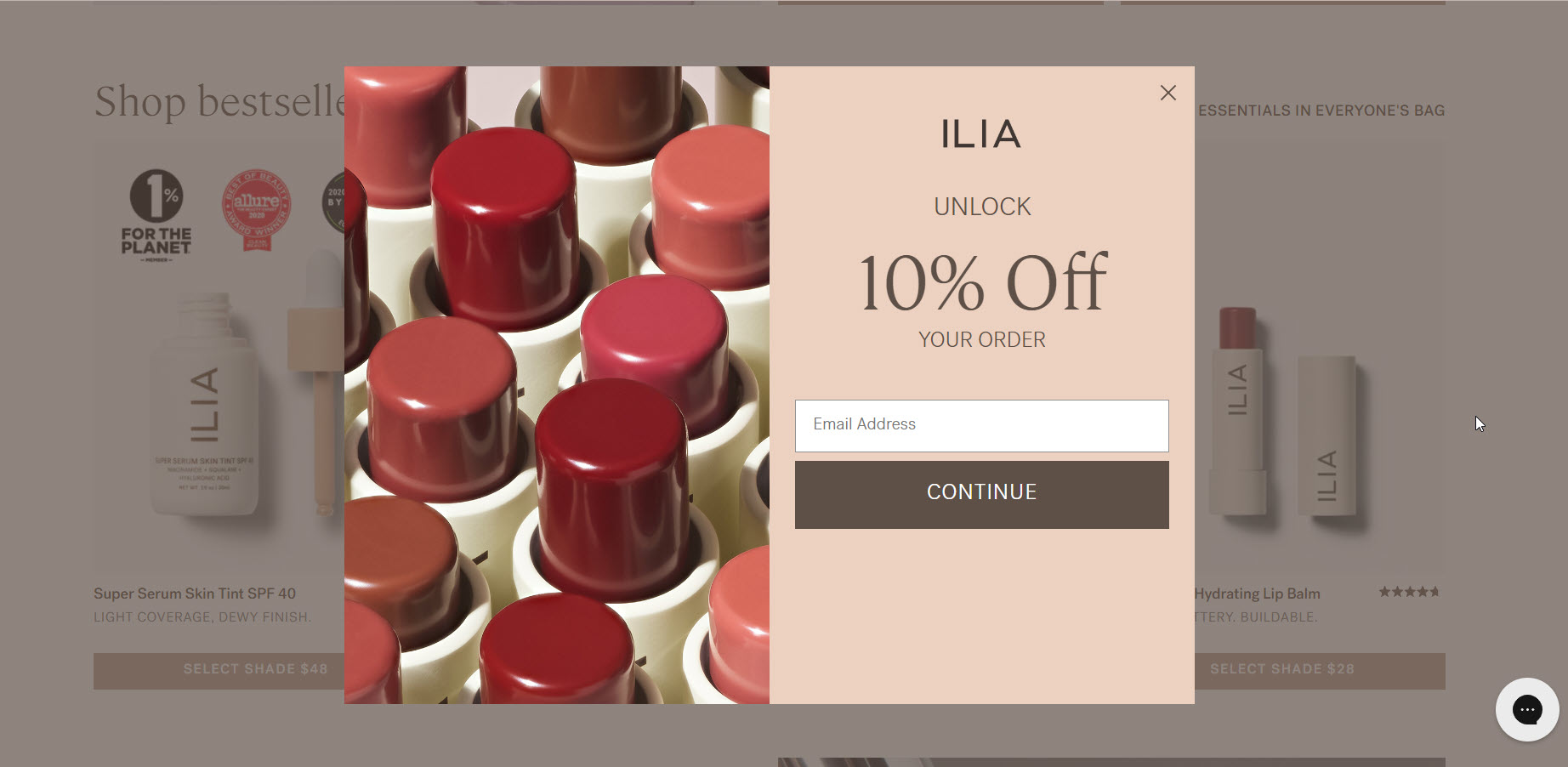
Once those customers are locked into your email marketing sequence, you can incentivize them further by placing referral widgets or referral links in prominent locations on the email, such as the header, footer, or sidebar.
This can double your impact by not only engaging loyal customers but also bringing their friends into the program too.
Incentivize survey participation
Surveys are an effective way to gather valuable feedback and insights from customers. One way to ensure customer satisfaction is by conducting surveys that are short and easy to complete.
Offering incentives for customers who participate, such as discounts or special promotions, can encourage customers to take part in the survey. Personalizing the experience by using the customer's name and acknowledging their participation can also help build customer loyalty.
Vail Resorts does this by offering entry to a drawing for a $200 pre-paid gift card.
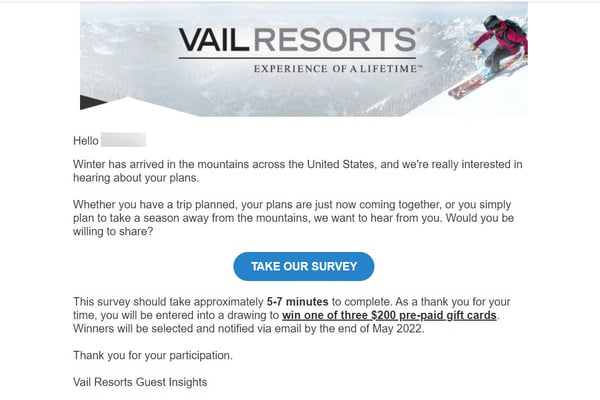
Targeting the right audience based on factors such as demographics and past interactions with the business can ensure relevant feedback. Vail Resorts 🤝 Me (target audience)
This doesn't have to stop with your email marketing. Promoting the survey through various channels, such as email or social media, can help reach a broad audience. Offering incentives for completing the survey within a specific timeframe can increase participation even more by creating a sense of urgency.
Being transparent about how customer information and feedback will be used can help build trust. Providing prompt follow-up and showing appreciation for customer feedback can demonstrate that the business values customer opinions and encourage continued participation.
Coming back to our primary example, Casper keeps it simple sending an immediate follow-up email post survey. This email also introduces their referral program, providing further value (through earned rewards) and keeping their customers engaged.
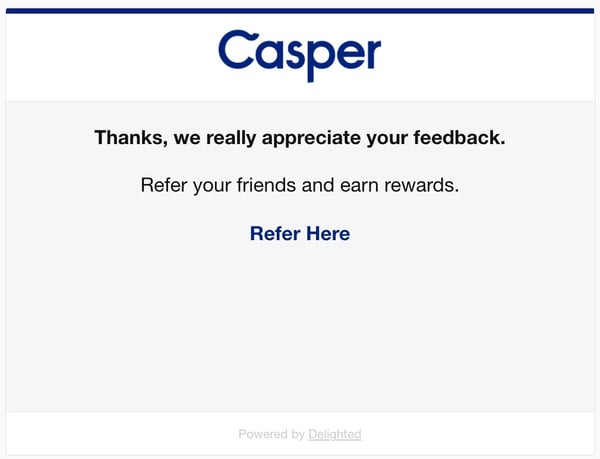
Targeted survey efforts can help businesses grow their loyalty program and overall customer loyalty by both building trust and by providing value.
Incentivize first-time purchases
Incentivizing a first-time purchase can be a great way to attract new customers and convert them into loyal ones. To attract potential customers to make a purchase, offering incentives such as discounts, free gifts, or free shipping on their first purchase can help them save money and try your products.
Outdoor Voices offers 20% off to all website visitors if it's their first order. Given that their AOV is less than $100 (remember the Pro Tip from earlier), the percentage-based discount works exceptionally well.
.png?width=1600&height=752&name=outdoor%20voices%20discount%20(1).png)
Here are a few more ideas to get you started:
- Referral programs and customer incentive programs can also help build customer loyalty and expand your customer base.
- Offering exclusive promotions or early access to new products to potential customers can help gauge interest and generate buzz.
- Creating a sense of urgency by providing limited-time offers or discounts can also help increase sales and incentivize new customers to take the first step.
Incentivize the purchase of a specific product or product bundle
Incentivizing the purchase of product bundles or specific products can help drive sales and promote specific items in your product line. Offering discounts or bundle deals for a specific product can be an effective business strategy to make customers make a purchase.
ILIA offers a unique bundle deal on products that lead to a longer customer lifetime value.
%20(1).png?width=400&height=805&name=ilia-email-postpurchase-sale%20(1)%20(1).png)
Offering exclusive discounts on bundles that you can share with others is a sly way to get your customers coming back for more while feeling like family.
Incentivize customers to learn more about your products
Incentivizing customers to learn more about your products can help increase product knowledge, drive sales, and improve customer engagement.
Our favorite beauty brand ILIA sends a sweet email after a customer's first purchase to share more about the brand and its ideals.
.png?width=400&height=729&name=ilia%20welcome%20email%20(1).png)
To really get your customers moving, though, you might want to provide a little incentive.
Offering a free or risk-free trial period, a discount on the product's price, VIP access to special sales for loyal customers, and educational resources such as demos and tutorials can also incentivize customers to try the product and make a purchase.
Measure the results
You've put in the work to create a fantastic customer incentives program. Now, it's time to measure the impact it's having on your business. By doing so, you can optimize your program to maximize its potential.
Here are the steps to measure the results of your incentive program:
- Clearly define your goals for the program, including the behavior you hope to incentivize and the outcomes you expect. Key metrics to consider are customer retention rate, LTV, NPS, or repeat purchase rate.
- Establish a baseline for your desired behavior and outcomes before launching the incentives program. This will help you determine if the program has a positive impact.
- Track key metrics that are relevant to your goals, such as customer engagement and sales.
- Gather customer feedback through surveys to understand their experience with the program and its impact on their behavior and satisfaction.
- Analyze the data you have collected to determine the program's success and identify areas for improvement.
- A/B test your program and make adjustments as needed. Regularly monitor the program's performance and adjust the incentives and budget as needed to balance the cost with the potential ROI.
We’re kinda crazy about A/B testing; it’s our bread and butter. If you haven’t already, then check out our guide to A/B testing every step of your rewards funnel.
Our Favorite Customer Incentives
During the How to Incentivize Your Best Customers to Drive Sales webinar, aside from hearing from Casper Sleep, we had the opportunity to hear from our brand partners, Tremenduous and Delighted, about their preferred incentives and the reasons why they found those campaigns to be effective.
Uber Eats
.png?width=960&height=540&name=Offering%20discounts%20-%20Casper%20x%20Friendbuy%20(1).png)
Offering a discount or coupon might make more sense for consumers who repeatedly buy goods or services at relatively low costs. For example, Uber Eats offers Advocates $10 off an order of $25+ and Friends $20 off an order of $25+, costing only $30 to acquire a customer.
This keeps customers within their ecosystem by encouraging new customers to order and old customers to make repeat purchases and remain loyal, and the average Uber Eats customer spent $240 in Q4 2021. A customer's lifetime value (LTV) far outweighs the $30 acquisition cost.
Tempo
.png?width=960&height=540&name=Tempo%20-%20Casper%20x%20Friendbuy%20(1).png)
Discounts aren’t always an option; this is when you can use Tremendous to issue third-party gift cards. Tempo sells home gym equipment, with two main products, Tempo Studio ($2,500) and Tempo Move ($400).
Tempo doesn’t expect their customers to make frequent purchases because of their price point. They didn’t offer a discount on future purchases. Instead, they opted to reward customers with a $100 gift card and the Friend gets a discount, $500 or $100, off their purchase. This incentive structure helped Tempo generate more sales at a lower customer acquisition cost.
Casper
.png?width=960&height=540&name=Offering%20cash%20not%20discounts%20-%20Casper%20x%20Friendbuy%20(1).png)
Casper is a high-consideration product; people only buy one mattress every few years. So offering a discount to Advocates did not incentivize them to refer customers. Instead, they offer a $75 gift card, and Friends get a discount. This incentive structure had a 7x higher lift than their average marketing investment.
.png?width=960&height=540&name=AB%20Testing%20Offer%20-%20Casper%20x%20Friendbuy%20(1).png)
Casper tested their offer strategy to see if a higher Friend offer and a lower Advocate offer would perform better than a lower Friend offer and a higher Advocate offer. Surprisingly, Version A was more effective, with a 26% lift in shares and a 16% lift in conversion.
.png?width=960&height=540&name=AB%20Testing%20Product%20Catgories%20-%20Casper%20x%20Friendbuy%20(1).png)
After COVID, Casper saw a massive interest in their pillows. They leaned into that trend and developed a pillow referral program as part of their marketing strategy. Still, they were mindful of creating the pillow referral program so that it wouldn’t cannibalize their mattress referral program. They A/B tested different offers and found that a gift card for Advocates and a discount for Friends worked best.
.png?width=960&height=540&name=AB%20Testing%20Urgency%20-%20Casper%20x%20Friendbuy%20(1).png)
Casper identified that customers take a long time to discover their product, but once they are interested, they quickly decide to buy. To take advantage of this sense of urgency, Casper offers "referral blowouts," where they temporarily increase the referral incentive for a limited time. This marketing strategy has been successful, resulting in a 29% increase in conversion compared to the previous quarter. They use this tactic during slow business periods or when they're not running promotions.
Are you ready to choose the right incentives?
Remember, getting customers is just the first step in a successful customer incentive program. You need to have a solid plan in place to keep them coming back for more. This means building strong relationships at every touchpoint and giving them what they want, when they want it. It's all about driving loyalty, boosting sales, and growing your business.
So, if you're ready to take your incentive game to the next level, hit us up. Our experts are here to help you create a killer referral program that'll keep your customers coming back for more.
Ready to get more out of every customer with Loyalty?

